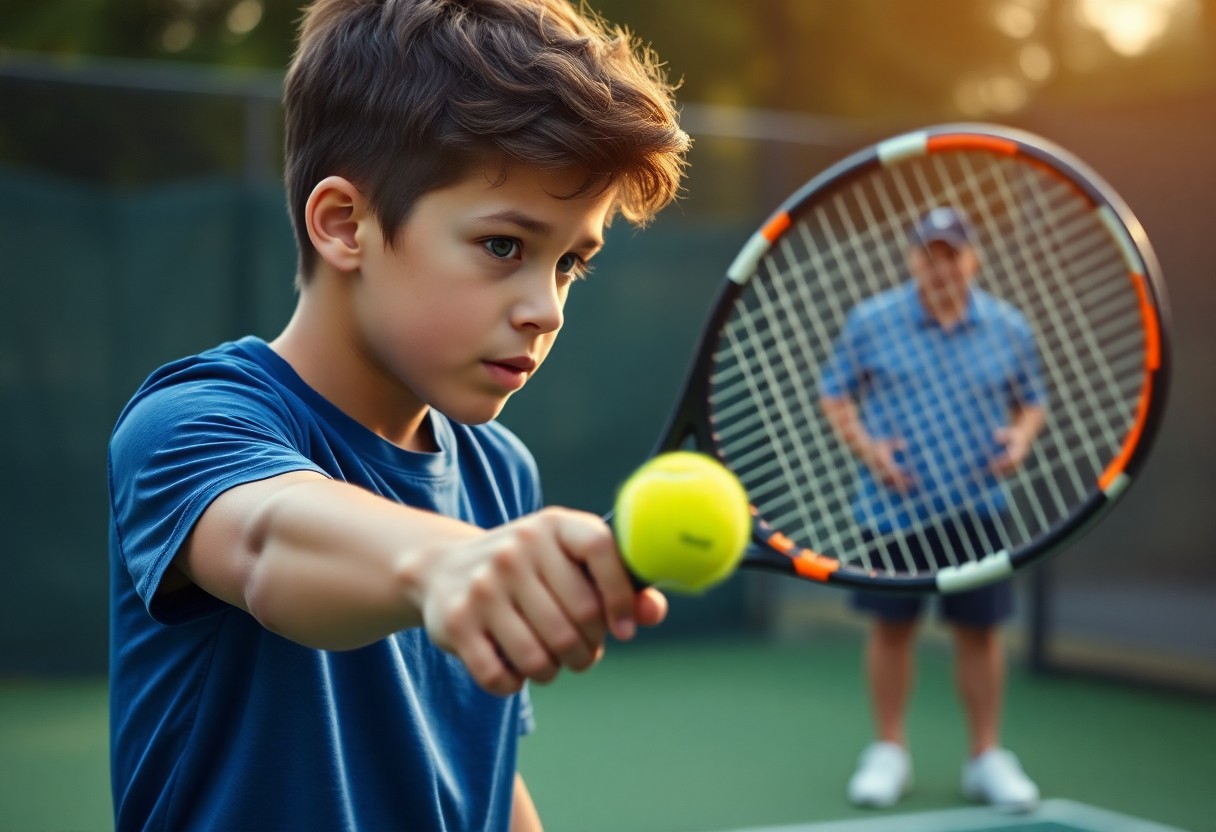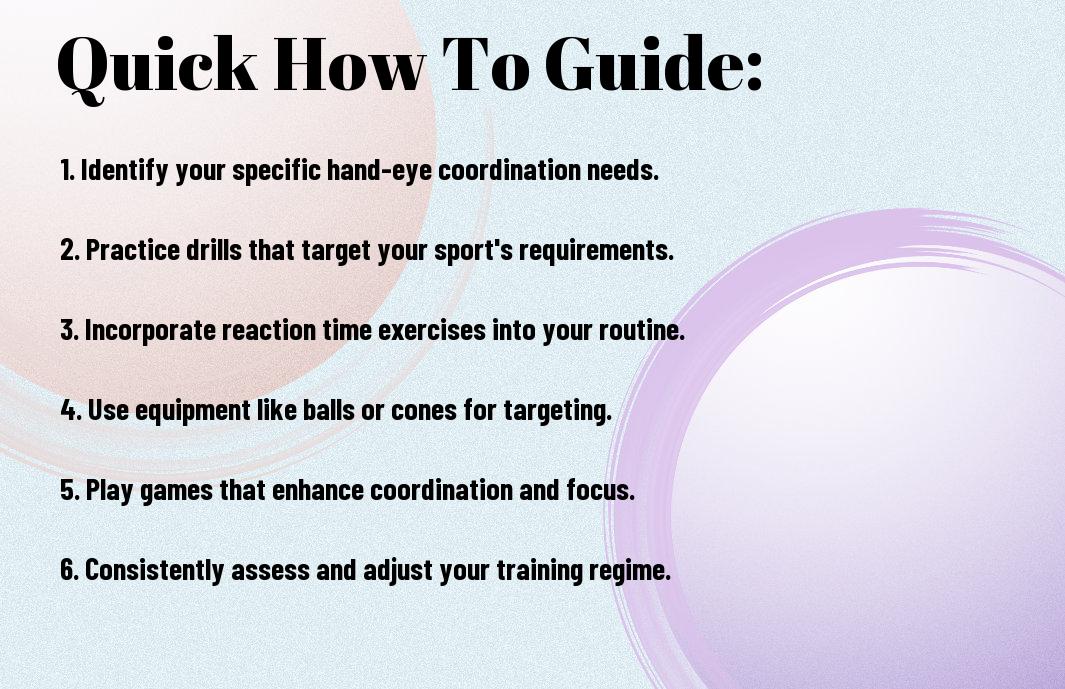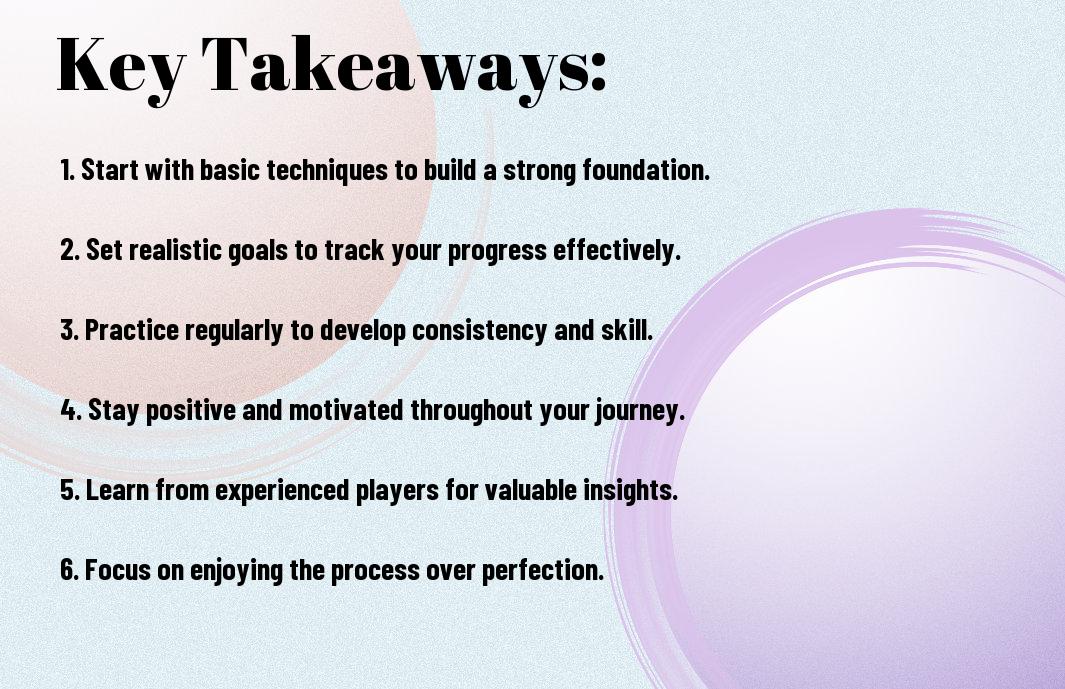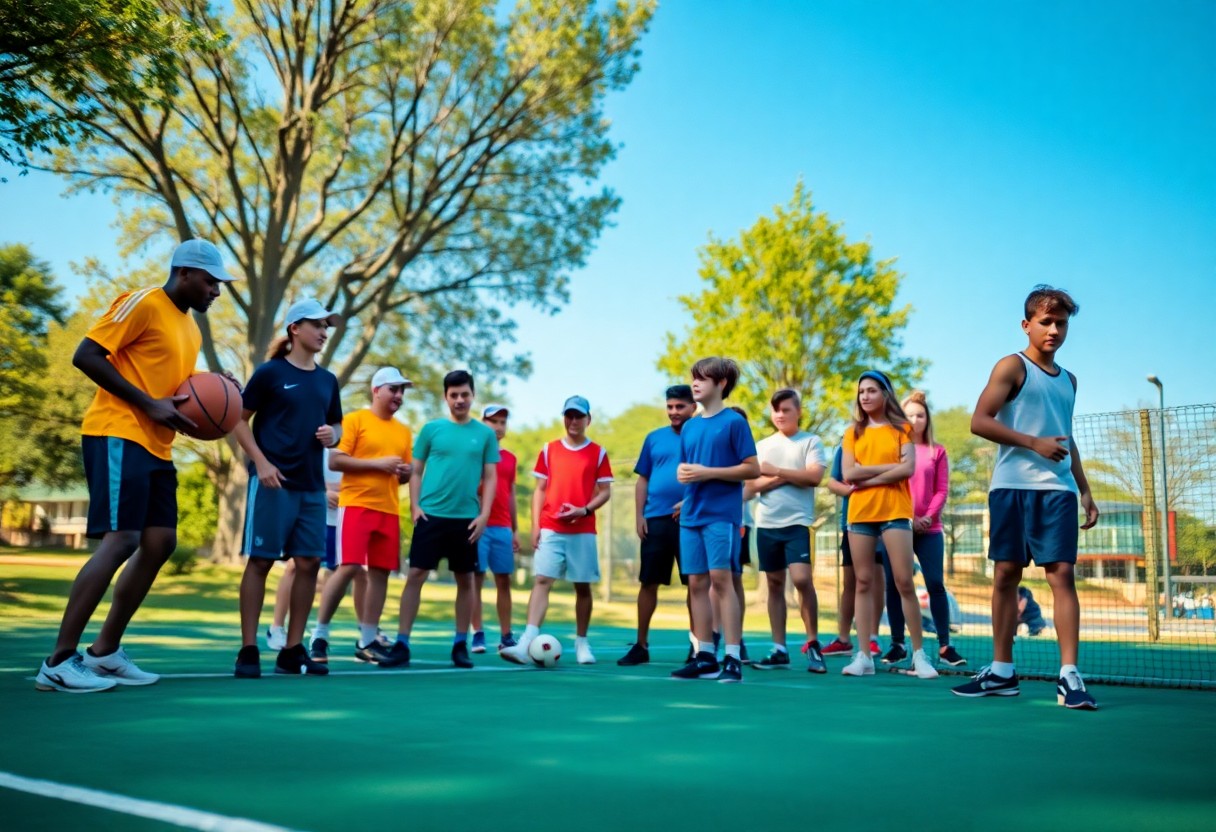There’s a myriad of sports available, but selecting the right one for your fitness goals can feel overwhelming. Whether you aim to build strength, enhance endurance, or boost overall health, understanding how different sports align with your aspirations is key. In this guide, you’ll discover practical steps and considerations that will help you analyze your preferences and choose a sport that not only fits your goals but also keeps you motivated and engaged in your fitness journey.
Key Takeaways:
- Assess Personal Interests: Choose a sport that you enjoy to stay motivated and engaged in your fitness routine.
- Consider Fitness Goals: Identify whether you want to improve strength, endurance, flexibility, or overall fitness to align your sport choice with your goals.
- Evaluate Physical Condition: Take into account any health conditions or physical limitations that may influence your ability to participate in certain sports.
- Look for Community and Support: Joining a team or club can enhance your experience and provide motivation through camaraderie and shared goals.
- Explore Variety: Trying different sports can not only prevent boredom but also help you discover new interests and skills.
Understanding Your Fitness Goals
Achieving your fitness aspirations starts with a clear understanding of your goals. Whether you want to lose weight, build muscle, or improve overall health, identifying your fitness objectives is an vital first step. Knowing what you want to achieve will help you select a sport that aligns with your ambitions, making your workout experience more enjoyable and effective.
Defining Your Objectives
If you want to set specific fitness goals, it’s vital to pinpoint exactly what you aim to achieve. Are you looking to enhance cardiovascular endurance, gain strength, or master a skill? Clearly defining your objectives allows you to tailor your sports selection to meet these aims, ensuring that your choices resonate with your desired outcomes.
Short-term vs. Long-term Goals
Long-term goals offer a broader vision for your fitness journey, while short-term goals provide immediate benchmarks to keep you motivated. Balancing both ensures you progress steadily while attaining quick wins that bolster your confidence and commitment.
Defining a mix of short-term and long-term goals can elevate your fitness journey. Short-term goals, such as weekly workout targets or completing a local charity run, keep you engaged and motivated. Long-term goals help you visualize success over months and years, providing a road map for sustained progress. Together, they create a dynamic framework that encourages continuous improvement, enabling you to adapt your sport choice as your aspirations evolve.

Key Factors to Consider
You should evaluate several key factors when choosing the right sport for your fitness goals. Consider:
- Your personal interests and enjoyment
- Your physical abilities and limitations
- Your time commitment and schedule
The right sport will align with these elements, ensuring a fulfilling fitness journey.
Personal Interests and Enjoyment
Even if a sport is beneficial, your enjoyment of it plays a significant role in your commitment and sustainability. If you find pleasure in what you do, you’re more likely to stick with it, making the journey enjoyable and less of a chore.
Physical Abilities and Limitations
The assessment of your physical abilities and limitations is vital in finding a suitable sport. Understanding what your body can handle helps prevent injuries and optimizes your performance.
Limitations regarding strength, flexibility, or previous injuries should guide your choices. Sports that align with your current physical condition will foster progress, while those that push you beyond your limits could lead to setbacks. Being realistic about your capabilities ensures a balanced approach to fitness.
Time Commitment
Abilities to commit your time also play an important role in your sport selection. Consider the frequency and duration of training sessions required for the sports you’re interested in.
Plus, evaluating your current schedule and lifestyle will help determine if you can realistically maintain the dedication needed. A sport that fits well into your routine will keep you motivated and engaged, contributing to long-term successes in your fitness journey.
Exploring Different Sports
For your fitness journey, understanding the variety of sports available to you is necessary. Each sport offers unique benefits, from enhancing endurance to improving strength and coordination. Whether you are drawn to competitive activities or prefer a more leisurely pace, finding a sport that resonates with your interests can significantly contribute to achieving your fitness goals. Exploring different sports can help you discover what brings you joy and motivates you to stay active.
Team Sports vs. Individual Sports
Clearly, choosing between team sports and individual sports depends on your personality and fitness aspirations. If you thrive in social environments and enjoy camaraderie, team sports like soccer or basketball may suit you well. Conversely, if you prefer self-paced challenges like running or swimming, individual sports might align better with your needs, offering flexible schedules and personal achievement.
Indoor vs. Outdoor Activities
With both indoor and outdoor sports available, the choice often hinges on your preferences for environments and weather. Indoor activities like basketball or yoga can offer a controlled climate, while outdoor sports like hiking or cycling provide fresh air and natural scenery. Think about what energizes you and where you feel most motivated to engage in physical activity.
It is necessary to consider factors such as the availability of facilities, seasonal changes, and your personal preferences when choosing between indoor and outdoor activities. Indoor sports can often be more accessible, enabling you to stay consistent regardless of the weather. Outdoor sports, on the other hand, provide unique experiences and can foster a deeper connection with nature. Ultimately, the right choice should complement your lifestyle and enhance your motivation to stay active.

Tips for Trying Out New Sports
Your journey into new sports can be both exciting and rewarding. To maximize your experience, consider the following tips:
- Research the sport beforehand.
- Observe a class or game to gauge the vibe.
- Talk to participants about their experiences.
- Be open to trying multiple options.
Perceiving the process as a fun exploration can help you find a sport that truly resonates with your fitness goals.
Starting with a Trial Class or Session
Now that you’ve picked a sport that piques your interest, starting with a trial class or session is a great way to assess your compatibility. Many facilities offer introductory sessions, allowing you to experience the fundamentals without a long-term commitment. This approach gives you insight into the skills required and the overall vibe of the group.
Joining Community or Local Clubs
The next step in your sports journey could involve joining community or local clubs. These clubs often cater to various skill levels and provide a supportive environment where you can improve while building connections with others who share your interests.
To find the right club, seek out those that align with your fitness goals and schedule. Many clubs host social events, which further enhance networking opportunities while offering a more manageable setting to learn and practice. Engaging with your local sports community can boost your motivation and commitment as you pursue your fitness aspirations.
Assessing Progress and Making Adjustments
Despite your best efforts, progress in your chosen sport may not always be linear. It’s important to periodically assess your performance and make necessary adjustments to adapt to your evolving fitness goals. This could involve altering your training routine, seeking feedback from a coach, or even switching your sport if it no longer aligns with your objectives. Being flexible and responsive to your progress will help you stay motivated and effectively reach your fitness goals.
Tracking Performance
With consistent tracking of your performance metrics, you can gain valuable insights into your progress. Whether you log your workouts, track your endurance, or monitor skill development, quantifying your efforts can help you identify strengths and areas for improvement. Utilizing fitness apps, journals, or performance charts can provide clarity and guide necessary adjustments to your training plan.
Reevaluating Goals Regularly
Little by little, your fitness journey may lead you to reassess your goals as you grow stronger, fitter, and more experienced. This transition is not only natural but can also enhance your performance and prevent you from stagnating.
Assessing your goals regularly allows you to align them with your current capabilities and interests. As you achieve certain milestones or face new challenges, you may find that your objectives need tweaking. Setting aside time every few months to reflect on what you’ve accomplished and what you wish to pursue can help maintain motivation and ensure that your sport continues to support your overall fitness journey.
To Wrap Up
Drawing together all the considerations for choosing the right sport, you should evaluate your personal interests, fitness goals, and lifestyle. Assess how different activities align with your aspirations, whether it’s building endurance, strength, or flexibility. Prioritize enjoyment to ensure consistency, as the right choice will naturally motivate you to stick with it. Experiment with various options, and don’t hesitate to shift focus if something isn’t resonating with you. Ultimately, the best sport for your fitness journey is one that inspires you to stay active and engaged.
FAQ
Q: What factors should I consider when choosing a sport for my fitness goals?
A: When opting for a sport, consider the following factors: your current fitness level, personal interests, and long-term goals. Think about what you enjoy doing and how it aligns with your objectives, such as improving endurance, building strength, or enhancing flexibility. Additionally, consider any physical limitations or preferences you may have, as well as the availability of facilities or programs in your area.
Q: How can I determine if a sport is suitable for my fitness level?
A: To assess if a sport matches your fitness level, start by researching the basic requirements and demands of that sport. Attend introductory classes or watch tutorial videos to gauge the skill level needed. You can also consult with a coach or trainer who can evaluate your current abilities and suggest modifications or adaptations so you can participate safely while still challenging yourself appropriately.
Q: What should I do if my chosen sport doesn’t meet my fitness goals?
A: If you find that your selected sport isn’t helping you achieve your fitness goals, it’s perfectly acceptable to reassess and change your focus. Take time to reflect on what aspects of the sport you enjoy and where it falls short of your objectives. Explore different activities that might align better with your fitness aspirations, and don’t hesitate to try out a few alternatives until you find something that fits your needs and keeps you motivated.







